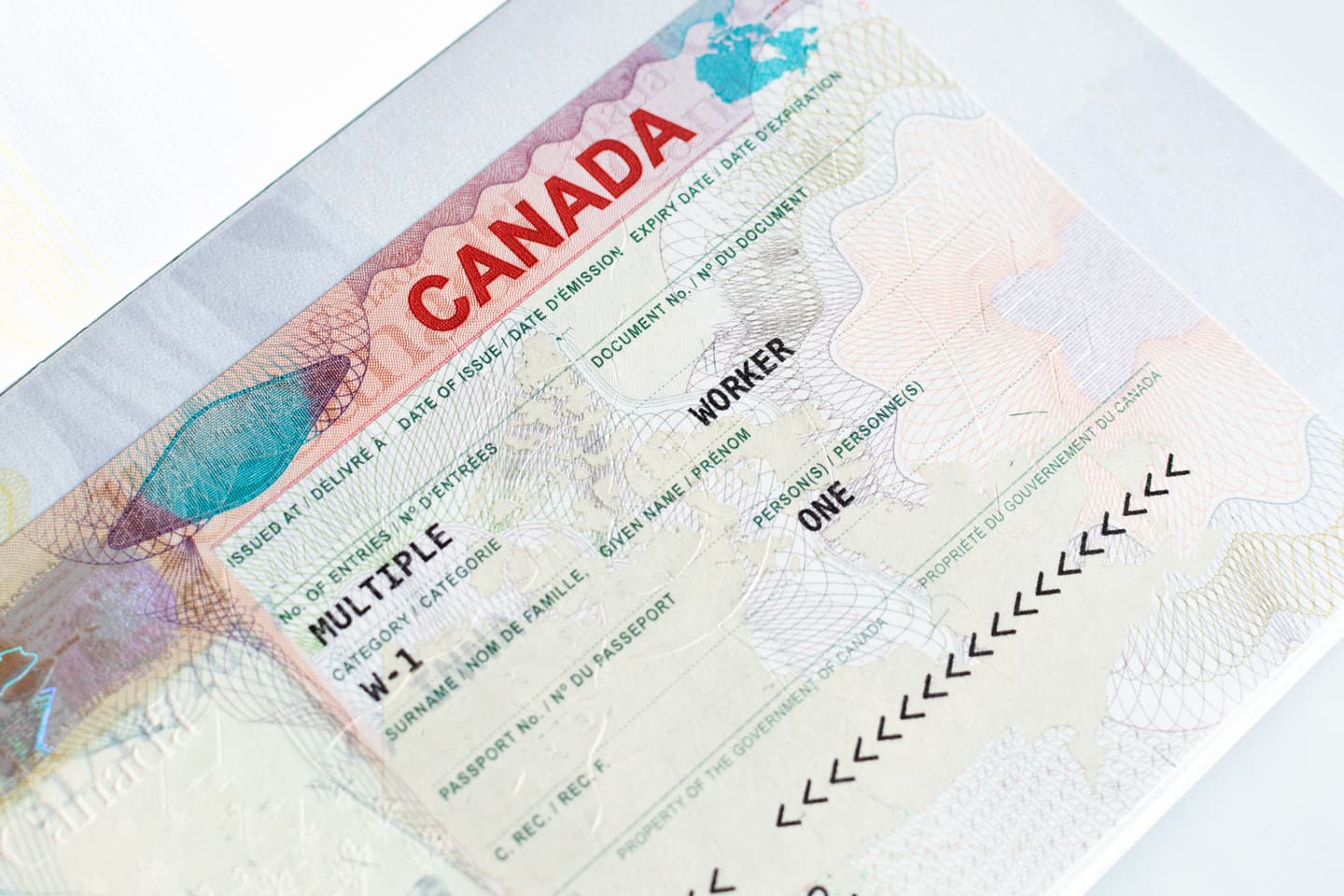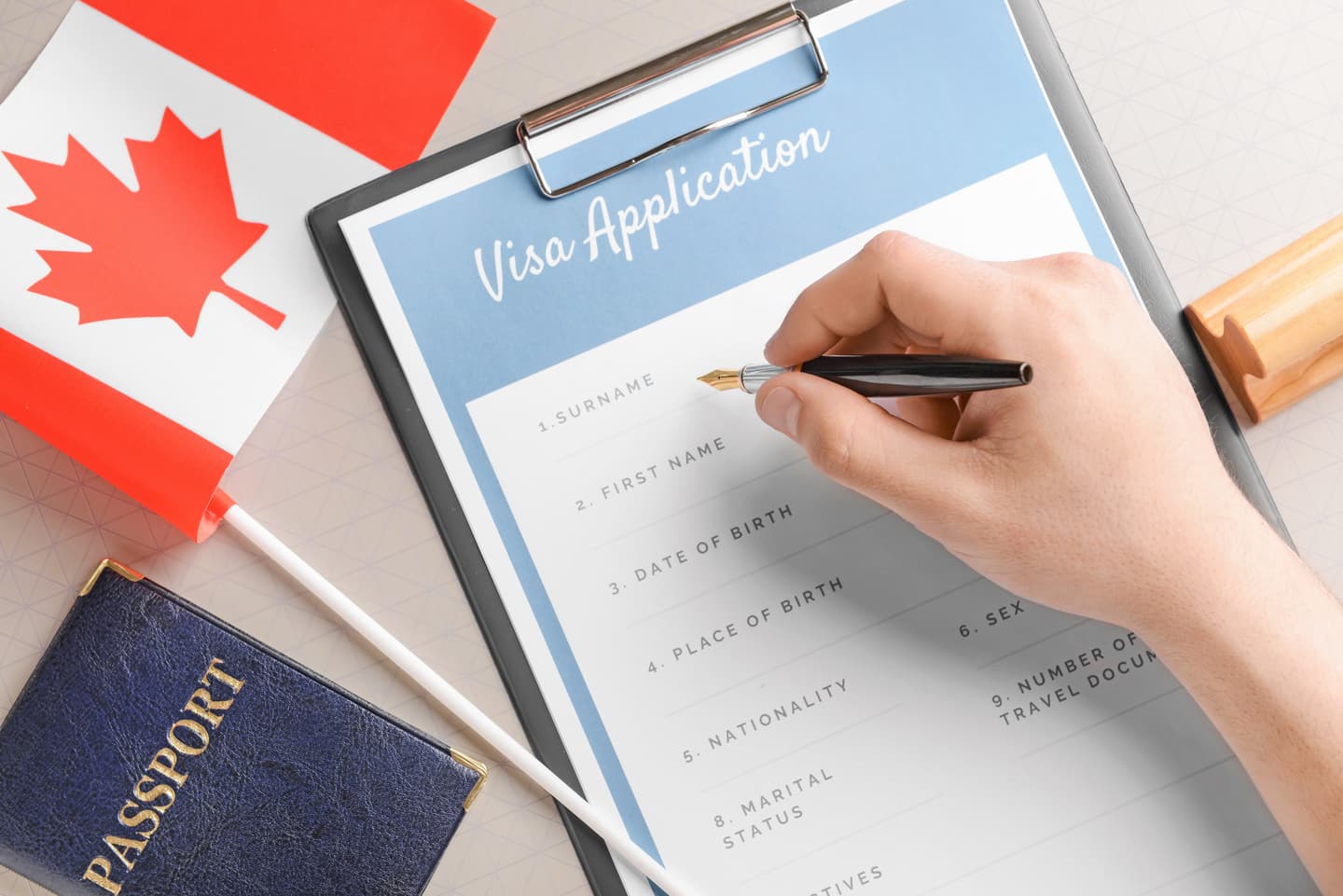Bridging Open Work Permit Canada
Moving to Canada can be nerve-wracking, especially if you want to settle in the country for good. Waiting for the PR application results takes a lot of time. If you’re working in Canada, you need to have a valid visa to continue your employment while waiting for the IRCC‘s approval for permanent residence.
So, what happens to your current visa when its validity is almost over and you’re still waiting for this decision? The answer to that query is called the Bridging Open Work Permit.
Canada grants Open Work Permit holders a way to continue staying in Canada in lieu of their application for permanent residence. Now, you can stay in Canada, continue working, and wait until Canada grants your PR application results.
Table of Contents
What is a Bridging Open Work Permit Canada?
The Bridging Open Work Permit also called the Bridging Visa, is one of Canada’s options to allow immigrant workers to stay in Canada. As per the IRCC website, “bridging open work permit (BOWP) lets you keep working while you wait for the results of your permanent residence application.”
Canada has modified the program to become more accessible to thousands of PR applicants. Canada changes the BOWP Canada program to help individuals stay in Canada legally even when their PR status isn’t approved yet.
Bridging Open Work Permit Conditions
The Bridging Open Work Permit didn’t have the same conditions at first. Canada certainly made changes and constant modifications to make the program more flexible and accessible for workers inside Canada.
Previous conditions
Previously, Canada didn’t allow the Bridging Visa applications unless your visa application was due to expire in 4 months. If you had an Open Work Permit that was due to expire within that frame, you couldn’t apply for the program. Also, the IRCC didn’t grant permission for individuals with already expired permits to apply for a Bridging Open Work Permit Canada.
New conditions
If you are currently holding a Canadian work permit, you don’t need to wait until 4 months before the permit’s expiration date, before you can apply for the Bridging Open Work Permit Canada. You can apply as early as possible to bridge your stay if you think It’ll take more time for the IRCC to deliver the PR application results.
The opposite also applies when your work permit has already passed the validity date. You can still apply for a Bridging Open Work Permit if you maintain your worker status in Canada.
The same opportunity applies if you are eligible for restoration. As long as your current visa meets the program’s eligibility requirements, you can apply for BOWP.
Spouses and common-law partner
For cases where applicants for the BOWP have spouses, the spouse may not get the BOWP. The spouses of Bridging Visa applicants need to find another program or method to stay with their spouses in Canada before your PR application results. There is a certain eligibility criterion for Spousal Bridging Visa that allows legal partners of the original BOWP applicants to stay in Canada.
Bridging Open Work Permit Eligibility
There are specific criteria that allow applications for the Bridging Open Work Permit Canada. Not everyone can apply for this visa program. Only individuals from specific programs are allowed bridging stay in Canada.
Since the program is focused on helping temporary foreign workers bridge their stay in Canada until they can stay in the country permanently, the IRCC focuses on work visa programs.
Bridging Open Work Permit Requirements
As an applicant for the Bridging Open Work Permit Canada, you are eligible for the program under the following conditions:
✔ You are currently in Canada under the temporary residence.
✔︎ You have either one of the following:
- Valid temporary resident status and current work permit, OR
- Authority to work as maintained status, OR
- Eligibility to restore temporary resident status and authorization to work
✔︎ You are the principal applicant for Application of Permanent Residence (APR) under ANY program:
- Federal Skilled Worker Class (FSWC)
- Canadian Experience Class (CEC)
- Federal Skilled Trades Class (FSTC)
- Provincial Nominee Program (PNP)
- Quebec Skilled Workers Class (QSWC)
- Agri-Food Pilot (AFP)
- Caring for children class or Caring for people with high medical needs class (before June 2019)
- Home Childcare Provider Pilot or Home Support Worker Pilot (after June 2019)
✔︎ You completed one of the steps below for the APR depending on the principal program application:
- Electronic application for PR passed Section R10 completion for the following class programs:
✔︎ FSWC
✔︎ CEC
✔︎ FSTC
✔︎ PNP
- Application for PR passed Section R10 completion for QSWC
- Receipt for positive eligibility assessment on non-Express Entry APR for the following programs:
✔︎ Caring for children class or caring for people with high medical needs class (before June 2019)
✔︎ Home Childcare Provider Pilot or Home Support Worker Pilot (after June 2019)
✔︎ AFP
✔︎ PNP
Note that while these eligibility requirements apply to all, each class or program has specific eligibility requirements of its own. It’s best to verify your current status, completion, or progress for the principal programs first. Follow the Bridging Open Work Permit application afterward.
Spouse or Common-Law Partner Requirements
The point of the BOWP is to bridge the stay of the principal applicant towards gaining a valid permanent resident status. The requirements will vary for the spouse of the main applicant.
The spouse of the principal applicant doesn’t automatically qualify for the Bridging Open Work Permit. Unless the spouse meets the following conditions, the couple can continue staying in Canada, awaiting PR decisions:
✔︎ Your spouse has a valid work permit or has the authorization to work.
✔︎ Your spouse has the authorization to work in Canada for 6 months after Spousal Open Work Permit has been approved.
✔︎ Your spouse is employed under ANY of the following
- A job that falls under NOC Skill Levels 0, A, or B (or high-skilled occupation)
- Any occupation and formally has a Provincial Nominee Certificate
- Any occupation and formally has a Quebec Selection Certification
✔︎ Your spouse is currently in Canada while employed.
✔︎ Both of you are in a genuine relationship with each other.
Dependents of APR applicants
The dependents of the applicants for permanent residence don’t qualify for an Open Work Permit. Instead, these dependents must get an LMIA or LMIA-exception to apply for a Work Permit.
Start your Bridging Open Work Permit Canada
At UIS Canada and we offer a team of professional immigration agents that can help facilitate your process for the Bridging Open Work Permit Canada. You won’t need to worry about the nitty-gritty of extending your stay in Canada, and eventually receiving permanent residency.
Our team can provide you with recommendations and pathways for your Bridging Open Work Permit Canada application. No matter which selected visa types you applied for, we have experts in the field that know all the pertinent laws and regulations of Canada’s Immigration.
We offer our services with utmost legitimacy and unparalleled knowledge in mind. Our consultants have good standing with IRCC and have the authorization to help individuals like you bridge your stay in Canada. Book your consultation today!







